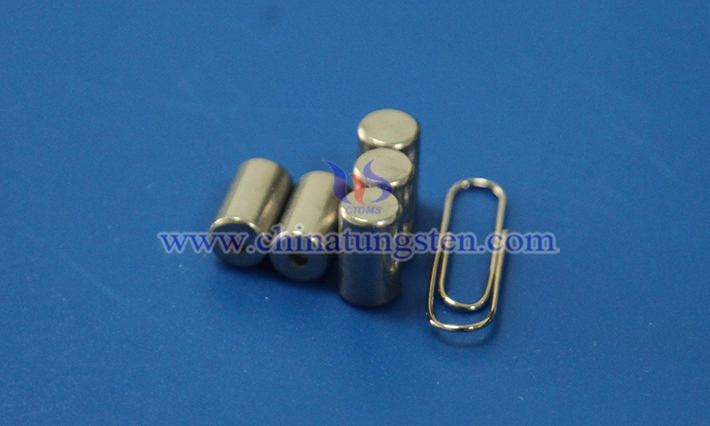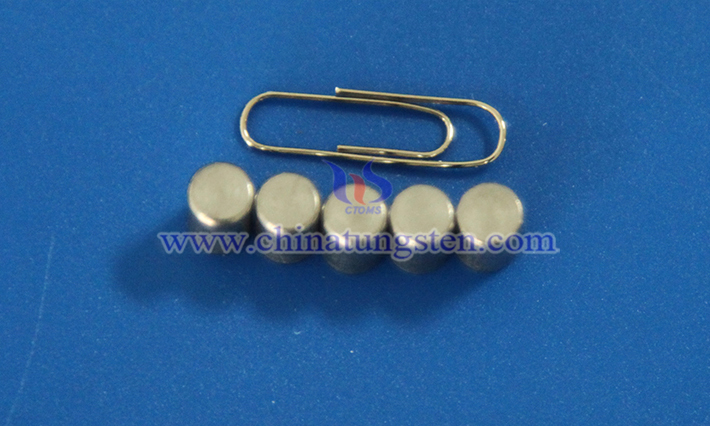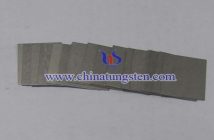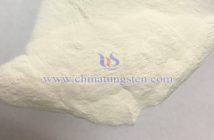The Traveling-Wave Tube (TWT) is a vacuum electronic device used for amplifying microwave signals, widely applied in scenarios requiring high-power and wide-bandwidth signal amplification. The barium tungsten electrode, as the core cathode material in the electron gun of the TWT, provides a stable electron beam by efficiently emitting electrons.

I. What is a Traveling-Wave Tube?
A Traveling-Wave Tube is a device that amplifies signals through the interaction between an electron beam and a microwave field. Its working principle relies on the synchronous coupling of the electron beam with the microwave signal in a slow-wave structure, where the electron beam transfers energy to the signal, achieving amplification. TWTs are characterized by high gain, wide bandwidth, and low noise, making them suitable for scenarios requiring high-performance microwave amplification. The main components of a TWT include the electron gun, slow-wave structure, input/output couplers, and collector, with the electron gun responsible for generating the electron beam.
II. What is a Barium Tungsten Electrode?
The barium tungsten electrode is a thermionic cathode material, typically composed of a tungsten matrix combined with barium-containing compounds (such as barium oxide). The low work function of barium enables efficient electron emission when heated, while tungsten provides mechanical strength and thermal stability. The barium tungsten electrode offers high electron emission efficiency, long service life, and good resistance to poisoning, making it an ideal cathode material for vacuum electronic devices like TWTs.

III. Application Advantages of Barium Tungsten Electrode in Traveling-Wave Tubes
In TWTs, the barium tungsten electrode serves as the cathode in the electron gun, emitting electrons to form an electron beam that interacts with the microwave field in the slow-wave structure to amplify signals. Its specific application advantages include:
1. High Electron Emission Efficiency: The barium tungsten electrode provides high electron emission efficiency, delivering electron beams with high current density to meet the TWT’s demand for strong electron beams. This is critical for achieving high-power output and wide-bandwidth amplification.
2. Stability and Long Lifespan: The thermal stability and poisoning resistance of the barium tungsten electrode enable stable operation in high-vacuum environments for extended periods, prolonging the TWT’s service life and reducing maintenance frequency.
3. Low Operating Temperature: Compared to pure tungsten cathodes, the barium tungsten electrode achieves efficient electron emission at lower temperatures, reducing energy consumption and minimizing material degradation due to high temperatures.
4. Support for Wide Bandwidth Performance: The wide bandwidth characteristics of TWTs depend on the stability and uniformity of the electron beam. The uniform electron emission provided by the barium tungsten electrode ensures efficient signal amplification across different frequencies.
5. Low Noise Characteristics: The uniform emission performance of the barium tungsten electrode helps reduce fluctuations in the electron beam, thereby lowering the noise level of the TWT, making it suitable for scenarios with high signal quality requirements.



